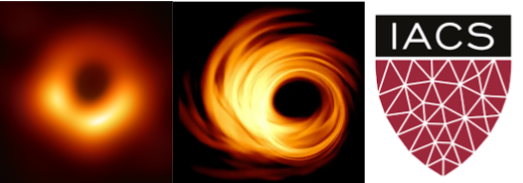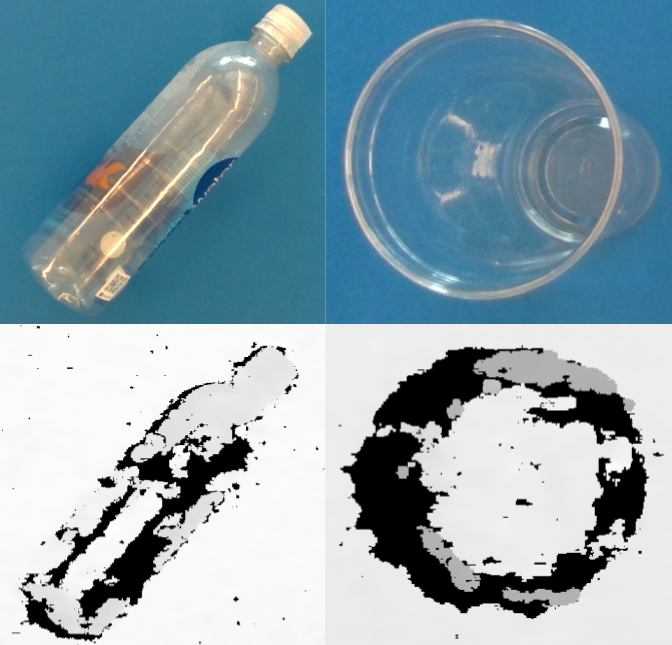Research Projects
Machine Learning Algorithms for Parameterizing Black Hole Images
In 2019, the Event Horizon Telescope Collaboration (EHT) captured the first direct images of a black hole,
serving as a major milestone in astrophysical classification. As a machine learning research intern at the Harvard Institute for Applied Computational Science (StellarDNN Group, IACS),
I use this data to run sections of the analysis pipeline for a machine learning recognition pathway (Python, PyTorch, Keras), exploring ways to not only pull physical parameters from images like the ones from EHT, but also create higher-resolution
simulated images of what these black holes images might look like had we had even more powerful telescopes.


Deep Learning Algorithms for Following Zebrafish Growth
Zebrafish are great test subjects for medical research! But they all look similar, and they grow quickly, which makes it difficult for researchers to accurately identify them for trials. Working as a machine learning research intern with
my colleagues at Princeton University (Puchalla Lab, Dept. of Physics), I ran sections of the analysis pipeline for a deep learning recognition
pathway (based off Google's Inception V3 model) that uses a temporal bootstrapping technique to identify individual zebrafish over several weeks (Python, Tensorflow, Keras). Our goal is to offer an alternative to more labor-intensive and
invasive identification methods such as subdermal dye-injection and RFID tag implants.
Modeling the Statistical Mechanics of Self-Gravitating Systems
In 2020, I worked as a computational physics research intern at the Princeton Plasma Physics Laboratory (PPPL). As a part of PPPL's
Computational Plasma Physics Group (Theory Department), I focused on mapping out the statistical
mechanics of self-gravitating systems as well as comparing them to those of plasma-based systems. First, I developed an adaptive symplectic integrator (C++, Python) that can model the complex
motion - including binary captures - of dozens of closely distributed particles in space with reasonable accuracy. I then utilized these algorithms to study and record the underlying energy
patterns and discrepancies in these systems. At the end of Summer 2020, I presented my work at PPPL's Summer Internship Poster Session.
Research Poster Research Presentation

Deep Learning Algorithms for Classifying Underwater Pollution
Since the late 1960s, underwater pollution has become an increasingly worse problem in the earth’s oceans. To help classify some of the different types of ocean pollution that one might encounter,
I worked at Princeton University (Puchalla Lab, Dept. of Physics) to capture 3D texture maps
of common trash such as cups, cans, and bottles to serve as data for a deep learning recognition pathway (Python, Tensorflow, Keras). After running these depth maps through the classification
pipeline, I compared the results to the classification done if the pipeline was just given standard RGB images. We hope that continued studies in this field will lead to better regional optimization
of oceanic clean-up efforts.
A Microfluidic Flow System for Studying Single-Particle Kinetics
In the summer of 2019, I worked as a microfluidics r&d engineering intern through Princeton University's Laboratory Learning Program (LLP).
As a part of Puchalla Lab, I set up a multi-channel syringe pump system that facilitates single-particle kinetics in PDMS
microchannels. To enable users to set, change, and read flow rates/directions, I programmed a user interface with LabVIEW, a graphical programming environment. I also worked on a set of MATLAB scripts that simulate the
distribution of fluorescence bursts under various testing conditions.
Research Poster
